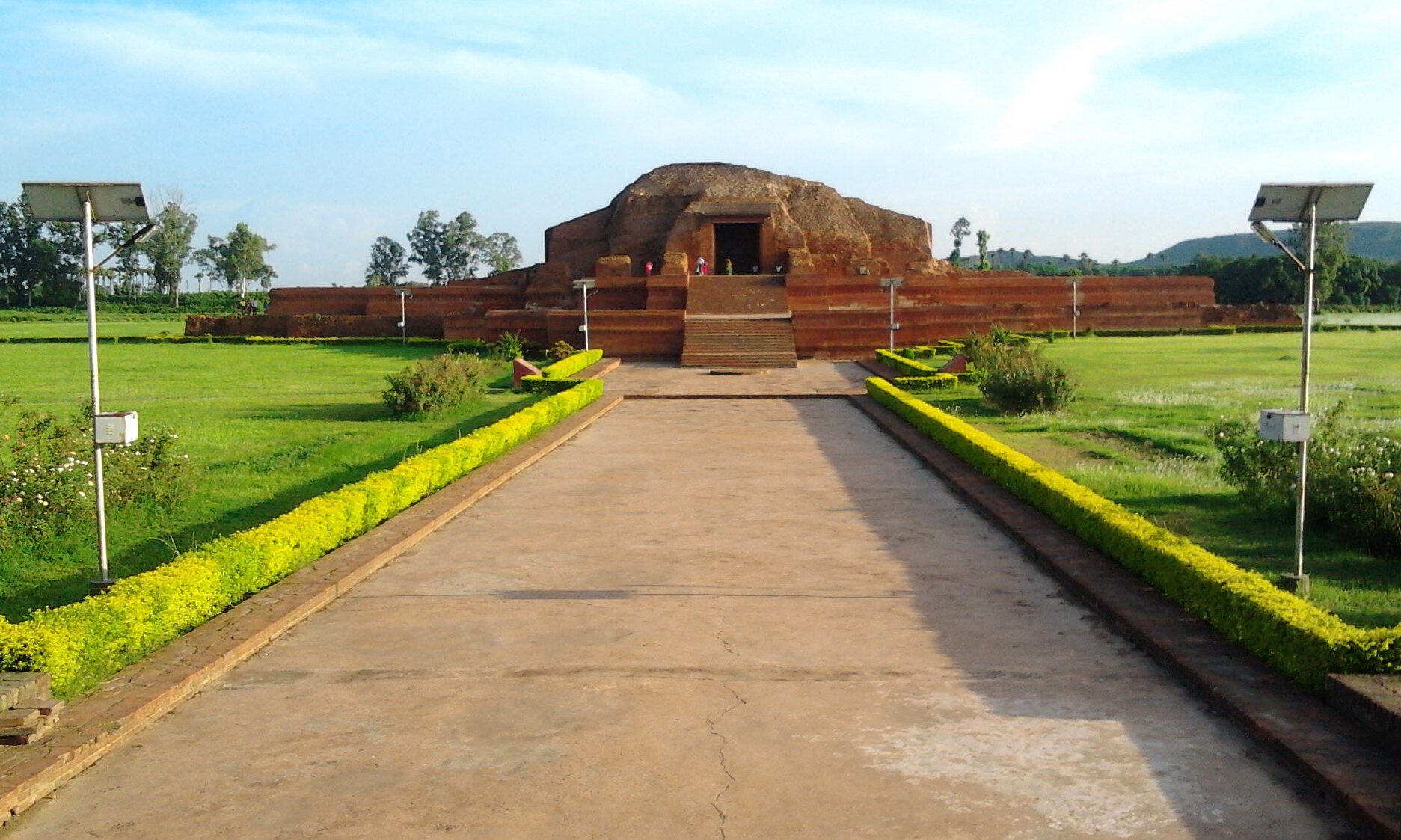Rajmahal Hills has very high quality china clay materials. There are several mines established in this area.
China clay is used in the manufacture of ceramic and pottery; the white variety is used in glazing. Silica sand is used in the iron and steel and glass sectors as it provides SiO2 for glass formulation.
China Clay Mines, RajmahalDue to the mining of china clay over the years there have formed beautiful & scenic lakes, which is of tourists' attraction.



















